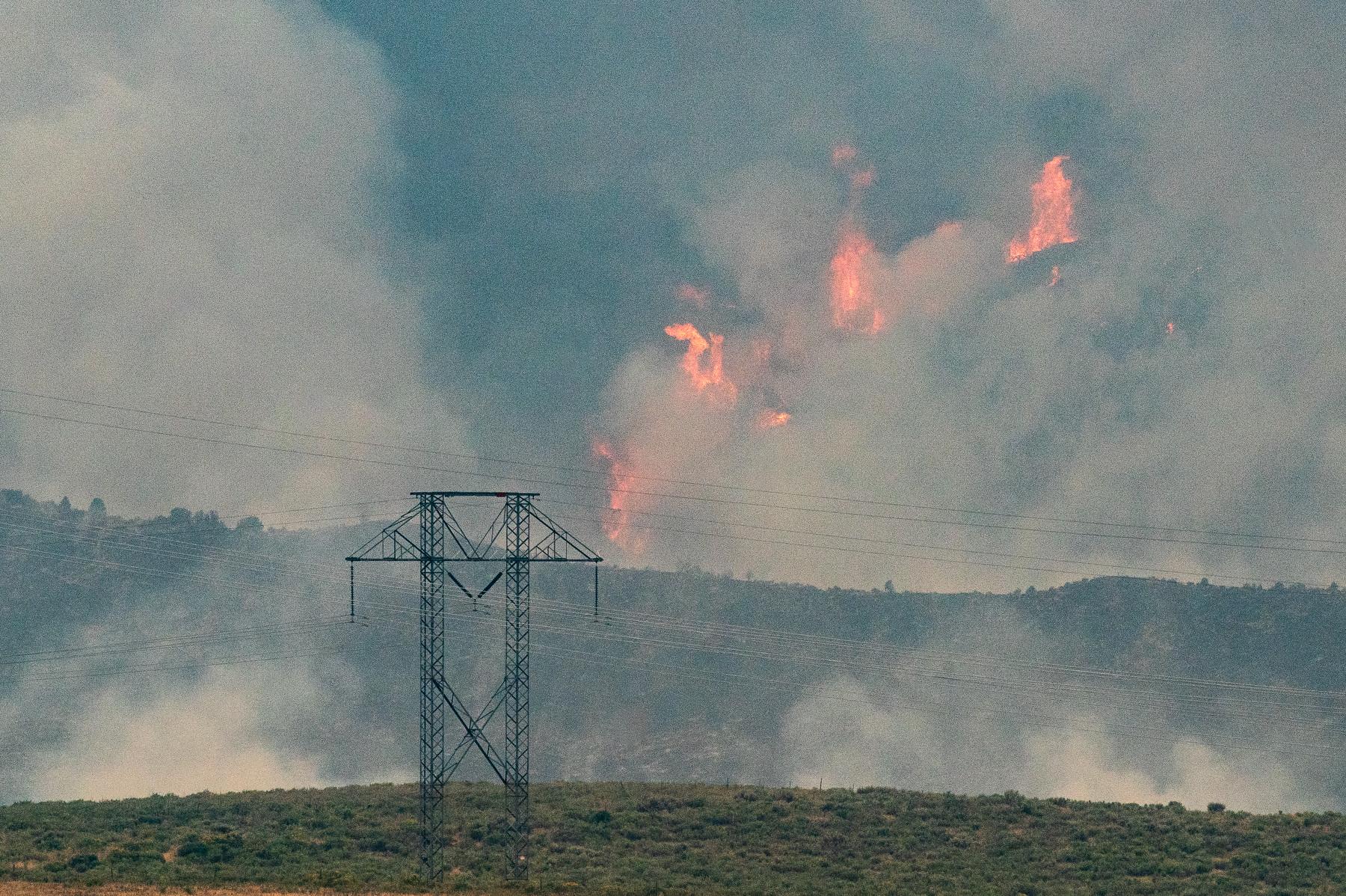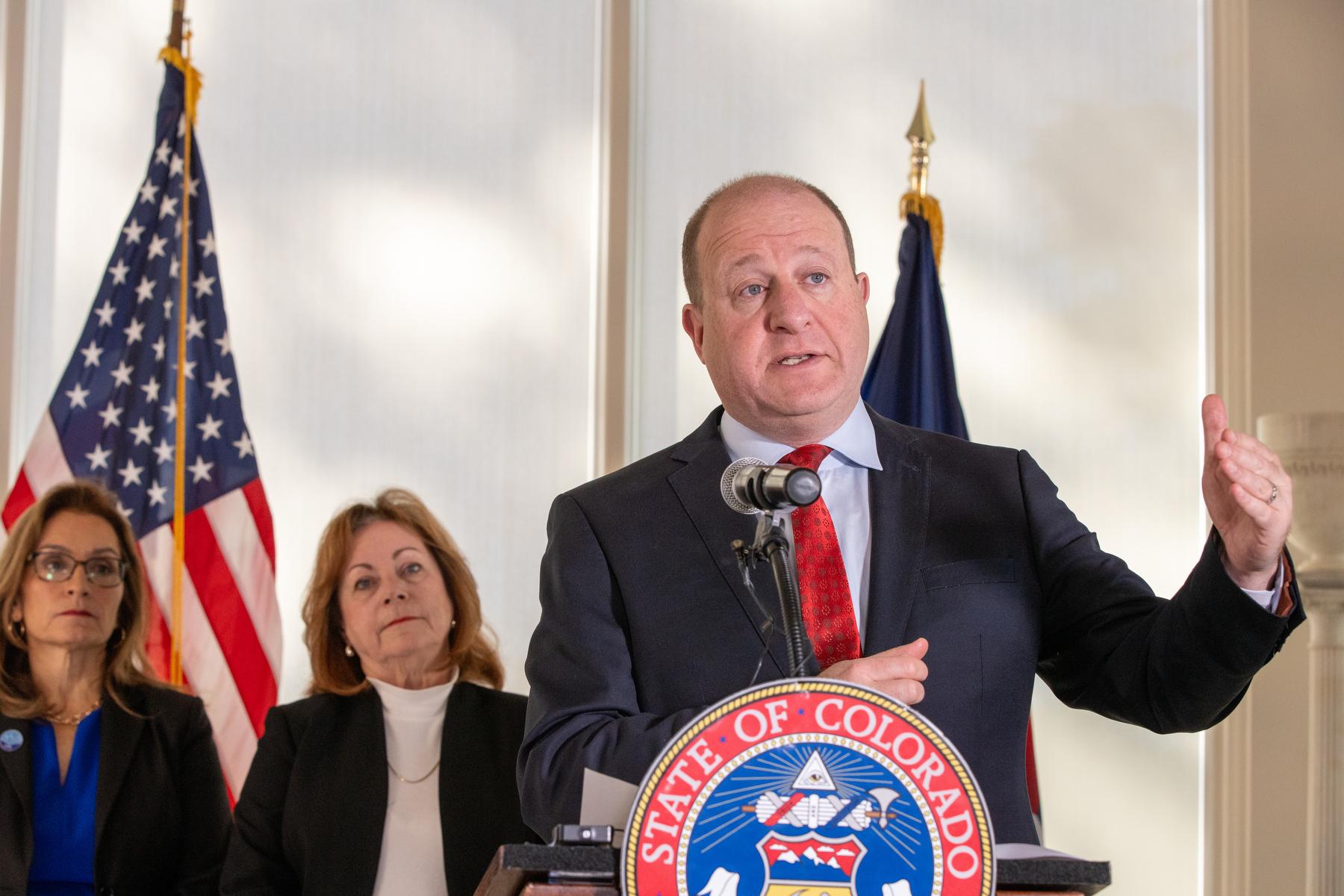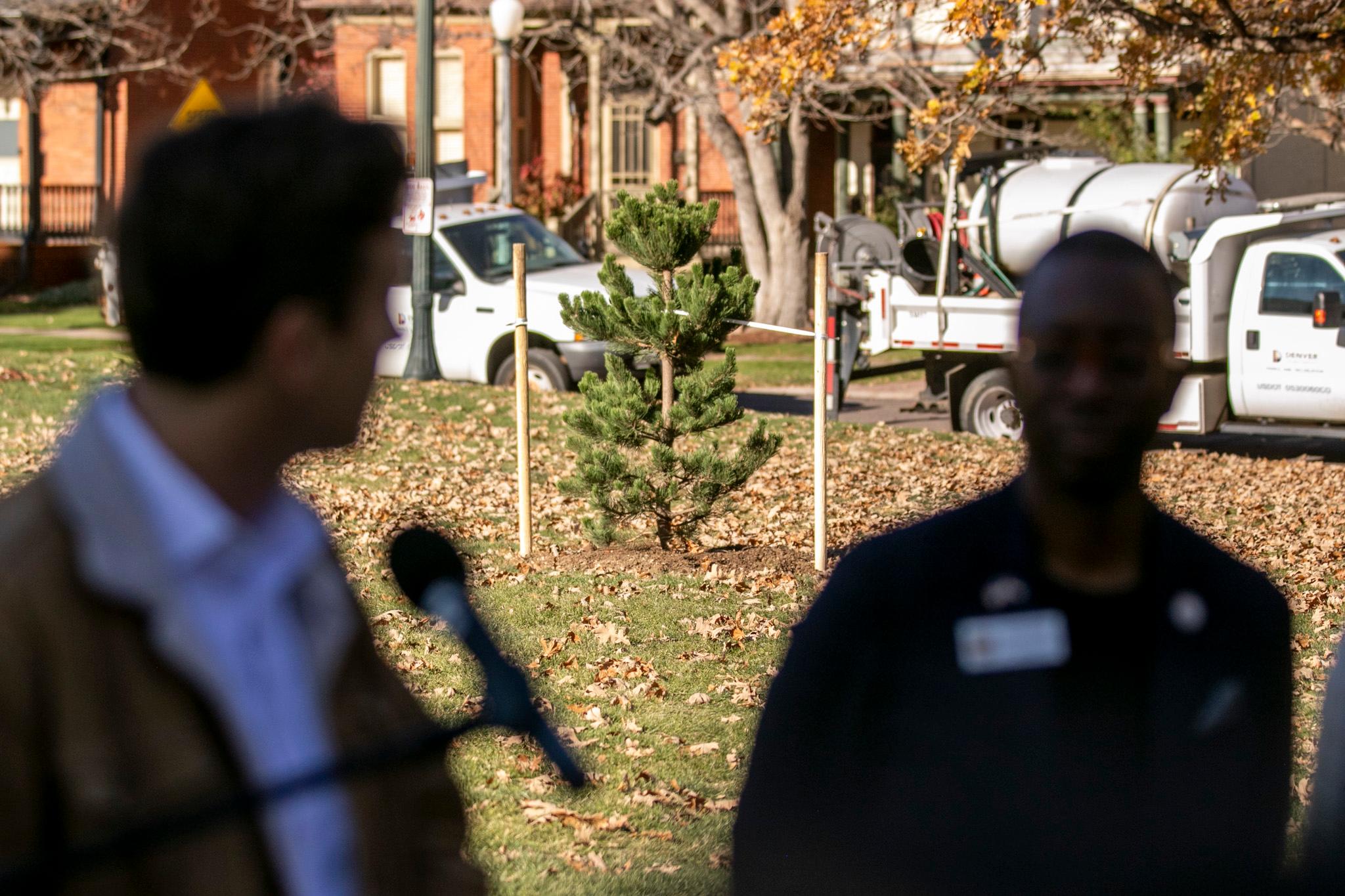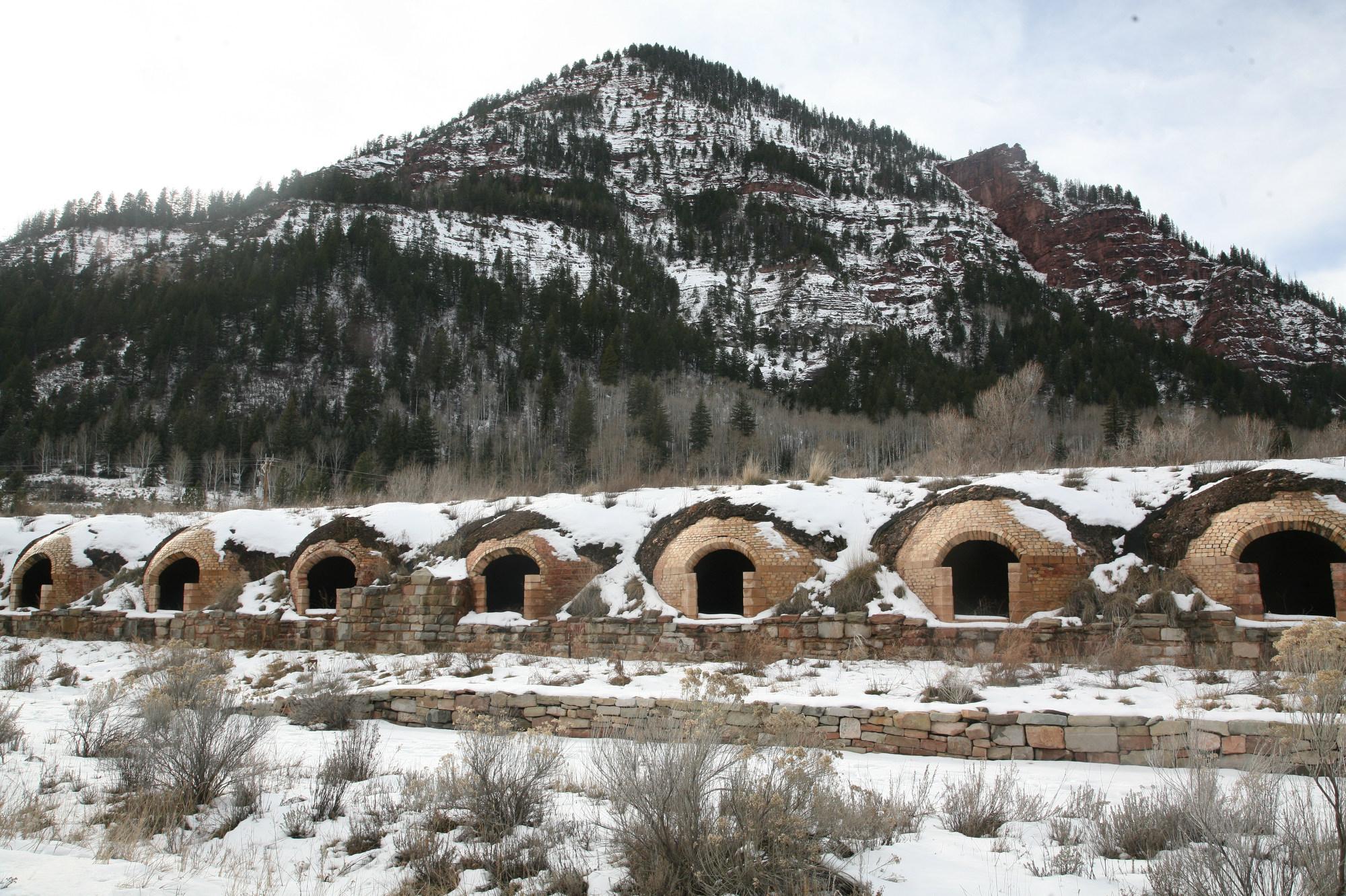
Whether it’s because of slowing growth or the end of an apartment building boom, one thing is clear: Colorado is bleeding construction jobs.
Colorado lost 4,300 construction jobs in April compared to the same time last year, putting it third from the bottom in state rankings when it comes to construction employment, according to the latest update from the U.S. Bureau of Labor Statistics. That marks the eighth straight month Colorado has logged a decline in construction jobs from the prior year, which includes everything from highways and shopping centers to single-family homes and apartment buildings.
The epicenter of the decline is Denver, bureau data show. In April, metro Denver – which stretches from Broomfield to Douglas and Clear Creek to Arapahoe counties – was down 5,700 construction jobs compared to last year, the single biggest drop among the 358 metro areas the federal government tracks across the U.S.
Jobs data isn’t perfect. It can be erratic from month to month, and the initial estimates are frequently revised. But the steady string of losses in Colorado implies a real trend.
“I think we at least do believe construction jobs are down,” said Brian Lewandowski, an economist at CU Boulder’s Leeds School of Business. “We're unsure about the magnitude of that decline.”
What’s behind the decline?
There are likely multiple factors behind the drop, according to Ken Simonson, an economist at the Association of General Contractors, a construction industry trade group.
One of the more straightforward explanations is that Denver simply isn’t growing like it was several years ago. Fewer people moving into town – or more people leaving — will eventually translate into less demand for new buildings.
“Colorado, of course, was a high-growth state through most of the previous decade, but things have really slowed down,” Simonson said. “Denver also was a very trendy city for a while …but you reached the point that I think Denver stopped being a relatively low-cost city. Certainly the congestion got much worse, and I think when the pandemic hit that really put the brakes on further growth for a while.”
The number of people moving to Colorado stalled out in 2019, according to U.S. Census Bureau data. And Denver’s population has been more or less stagnant since the pandemic. (Available government data doesn’t include new immigrants.)
The construction sector tends to be more volatile than other industries, according to Monicque Aragon, senior economist with the Colorado Department of Labor and Employment. Something like a snowstorm can throw off the numbers for a month, she said. Fluctuations in the oil and gas business also impact construction, she said.
Apartment building boom wrapping up
Whatever the root cause, though, there’s a clear downward trend starting in September, she said.
“Given the recent declines for this sector this year, we will continue to monitor and analyze job trends closely,” Aragon said in an email.
One thing developers built a lot of in Denver during the boom years was apartments. That activity seems to be abating, according to CU’s Lewandowski. The number of permits for apartment construction is down more than 50 percent this year from last year. That doesn’t mean those construction jobs will disappear overnight since developers are still finishing projects that were begun several years ago, but it does show which way the pendulum is swinging.
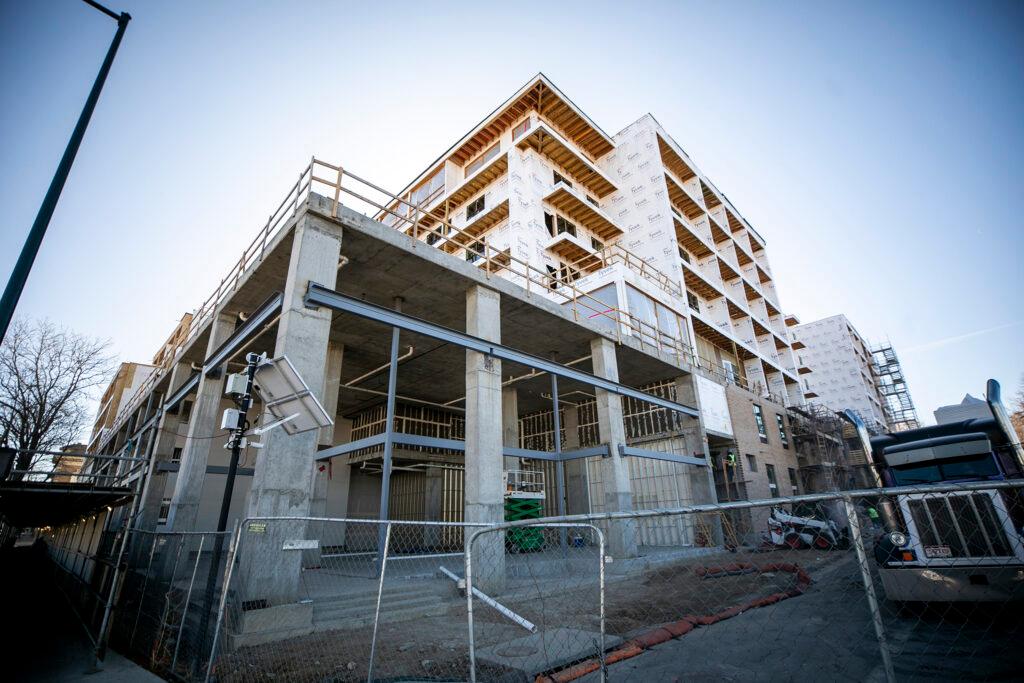
“I suspect what we saw is a huge balloon in multifamily activity that is now coming to an end,” Lewandowski said.
Some point to recent policy decisions as potentially slowing construction. New rules took effect in July 2022 that mandate any apartment or condo project of 10 units or more in Denver include affordable options, or incur a fee. That could push developers to avoid building in Denver, according to Michael Gifford with the Denver chapter of the Association of General Contractors.
“That might be a great policy in theory … but the developers have choices to go elsewhere,” Gifford said.
A shortage of workers could also be a drag on construction employment, Gifford said.
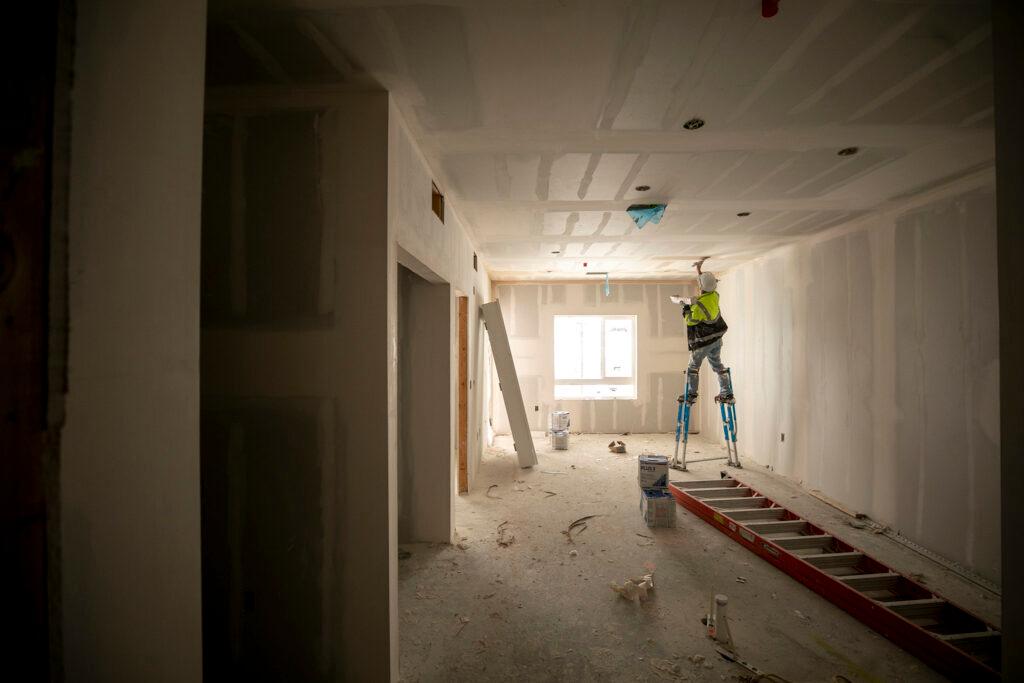
Jefferson Lopez finishes some drywall in future Montbello Freshlo Hub, which is under construction near the intersection of Peoria Street and Albrook Drive. Feb. 25, 2024. 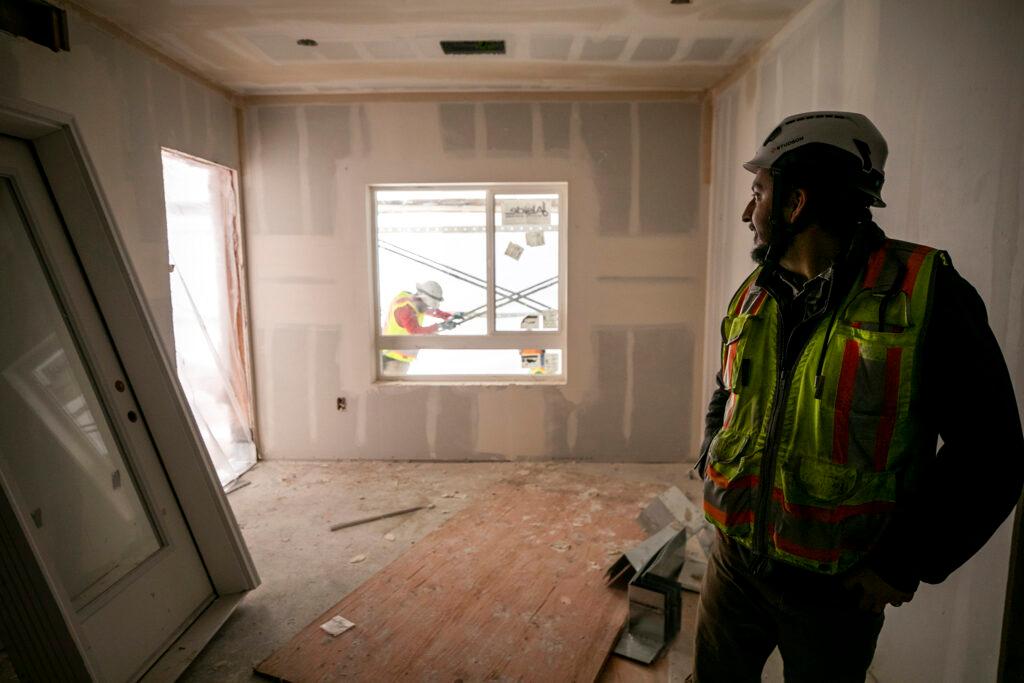
Alliance Construction Solutions project manager Arnulfo Serrano gives a tour of the future Montbello Freshlo Hub, which his crews are building near the intersection of Peoria Street and Albrook Drive. Feb. 25, 2024.
“It’s not a matter of people lining up to get a job and we don’t have them. It’s that we can’t find enough [workers] to replace the ones that are leaving,” he said.
But the labor shortage is an ongoing problem throughout the U.S. It doesn’t explain why Colorado would be losing construction jobs while most states are adding them.
Counting cranes
One very visible sign of a boomtown are tower cranes. By that measure, construction in central Denver is indeed contracting, according to property consultant Rider Levett Bucknall. The number of cranes in the city center is down 40 percent since the third quarter of 2023, according to the RLB Crane index, a gauge of construction activity across North America.
The drop is due largely to a bunch of big apartment projects in the River North Art District, known as RiNo, drawing to close, according to Jordan Miller, an associate in RLB’s Denver office.
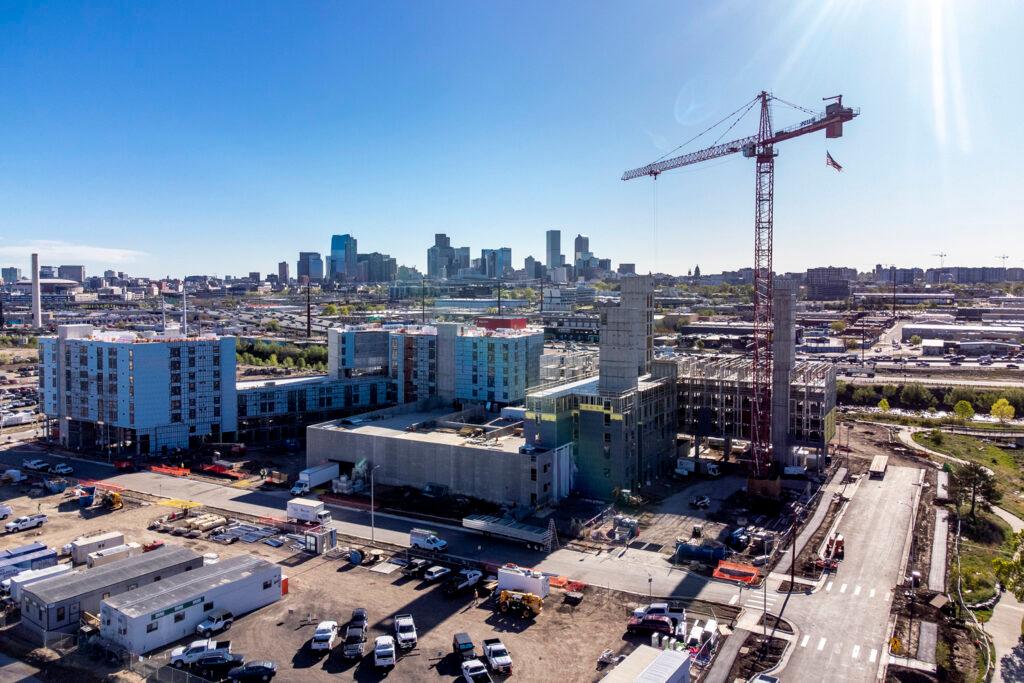
“All of those were happening at the same time. They’re all kind of finishing at the same time,” Miller said. “We’re seeing the cranes migrate… I think [construction] is shifting outside of that main downtown area.”
There’s still plenty of building happening in places that aren’t captured by the index, according to Miller. For example, work at the National Western Convention Center falls outside of the index boundaries.
Still, if construction has simply shifted to other parts of the Denver area, it stands to reason that the jobs would move with it. That’s not what the data suggests.
There’s a lot of things that can hinder construction, like higher interest rates and the increased cost of labor and building materials. But those dynamics aren’t specific to Colorado, and don’t explain why the state is sitting at the back of the pack when it comes to growth in the construction sector.
“It's sort of a puzzle,” CU’s Lewandowski said. “It's not cut and dry.”

